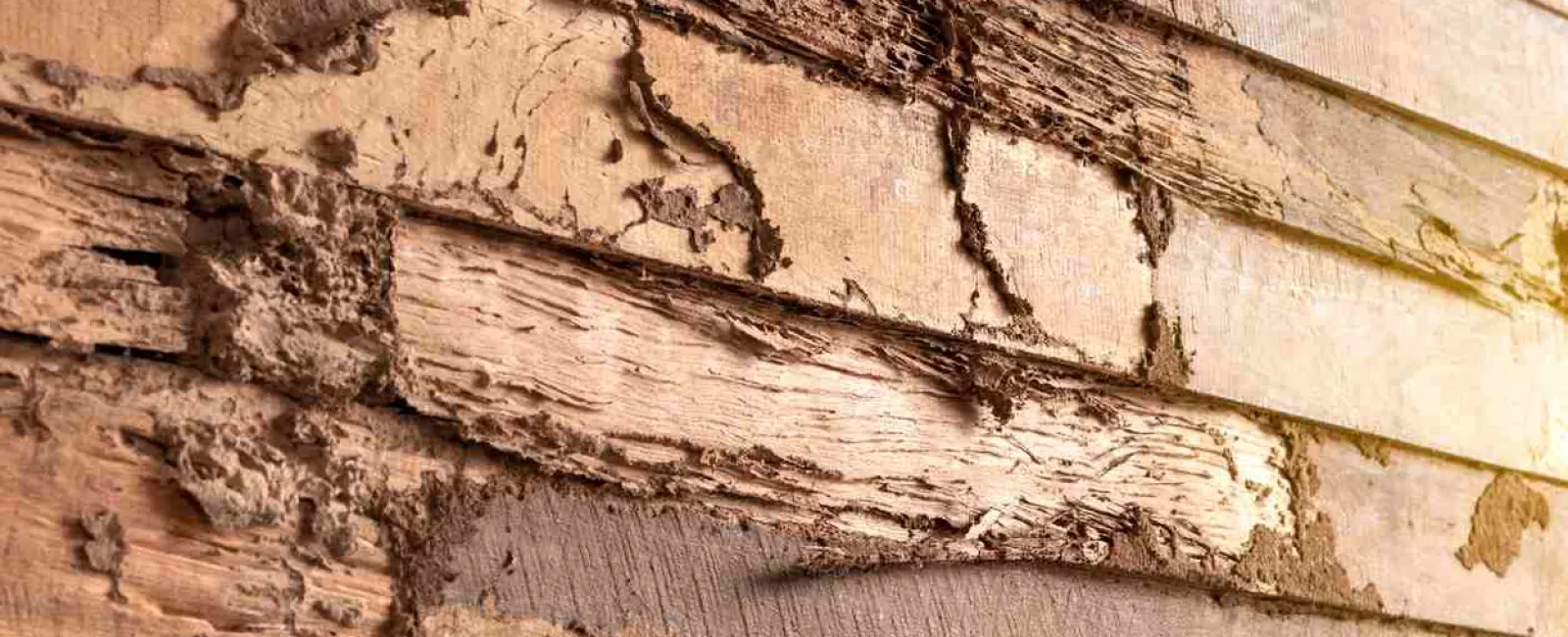One bug in your home? A fluke, brought in by the dog. Two bugs? Not necessarily a cause for concern yet. But multiple bugs, especially in the same area? Now you might want to take a look at the invaders and start identifying what kind of bugs have found their way into your home.
You might just see something small with legs and wings and antennae. If you're especially squeamish, that's probably enough detail for you. However, we encourage you to look a little closer and determine exactly what you might be dealing with because those traits could possibly mean you have either a carpenter ant or a termite problem in your home.
What Does a Carpenter Ant Look Like? What Does a Termite Look Like?
Legs, wings, and antennae are traits of many common pests, but proper identification is a requirement for getting started with the right treatment. One major concern for many homeowners is wood-destroying insects, which can cause extensive and expensive damage before you even know they're there.
For starters, look closely at those antennae. Are they elbowed, or are they straight and maybe drooping? Elbowed antennae, along with traits such as a blackish color, a narrow waist, and a front set of wings that is noticeably longer than the rear set, indicate you've got carpenter ants.
Meanwhile, if those antennae are straight, you're likely looking at a termite. Termites have straight middles, wings that are equal in length, and are typically milky white or light brown in color.
Knowing the Difference Between Carpenter Ant and Termite Damage
Both pests cause damage to your wood, but carpenter ants are usually the lesser evil. Termites, however, cost homeowners thousands of dollars in damage every year. No matter what insect is in your wood, it's important that you get it out to keep your repair bill as low as possible and save the structure of your home.
Signs of Carpenter Ants
If you have carpenter ants, you might find what looks like sawdust by your walls, which is a clue that a nest is nearby. Carpenter ants don't actually eat your wood, unlike termites. Instead, they hollow out the area and discard the wood outside of their galleries. This deposit is called frass, and it can consist of wood, soil, and insect parts.
Piles of frass are often the first signs of a carpenter ant infestation. If you've found frass, tap against the nearby wall and listen not only for a hollow sound but for a rustling inside.
Signs of Termites
While some termites also leave behind frass, it's pellet-like in appearance with six distinct sides, and it's actually the droppings of drywood termites. Subterranean termites don't leave behind frass, as they use their droppings in the construction of their nests.
Subterranean termites create mud tubes to connect their colonies in the underground soil to their above-ground food sources. These tunnels are around the same size as a pencil, sometimes larger, and will be located around their nests, usually on wooden structures and concrete or stone foundations.
Termites also leave behind their wings. When spring arrives and the weather gets warmer and rainfall increases, this triggers the termites to swarm and look for new places to mate and form their colonies. They take to the air, drop, shed their wings, then pair off with a mate and set their sights on a place to nest. Finding their discarded wings on the ground is another sign that you have termites.
At least once a year, you should inspect your home inside and out to look for signs of termite damage. Discolored or warped drywall, buckled wood, peeling paint, and holes in your drywall are visible signs that termites may be infesting your wood. If you tap on the area of concern and it sounds hollow, you've likely located a nest.
Treating Termites or Carpenter Ants
By the time you've started seeing frass, mud tubes, discarded wings, or the pests themselves, your best bet is to contact the pest control professionals at Greenix. Our free 20-point inspection will identify areas of your home that are vulnerable to pests so we can develop a service plan to eliminate risks and keep unwanted insects from invading your property and home.
Greenix services many parts of the United States. With our five-step pest control process, perfected by our team of experts for more than a decade, we'll be there to get started on your pest removal before you know it! Contact us today, and we'll be at your home within 48 hours so you can regain your peace of mind and return to pest-free living.

